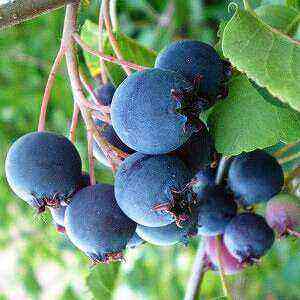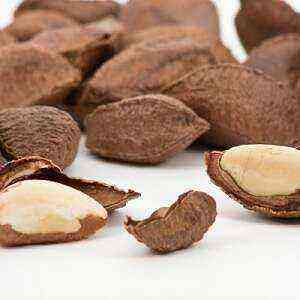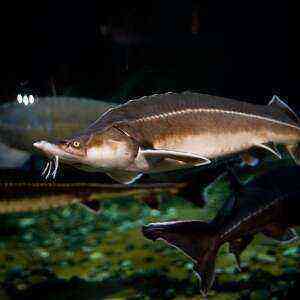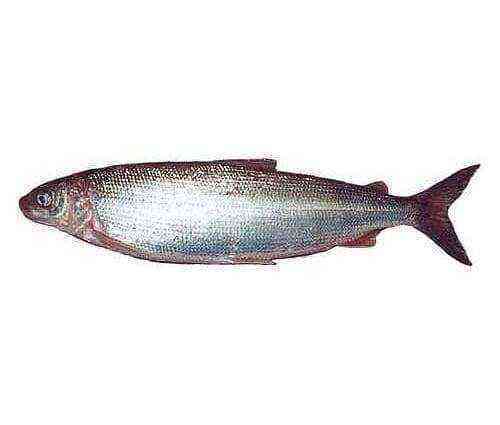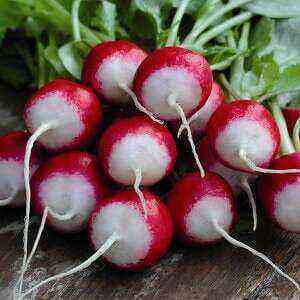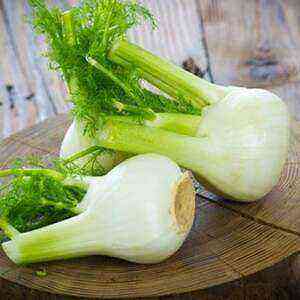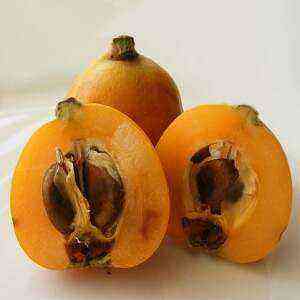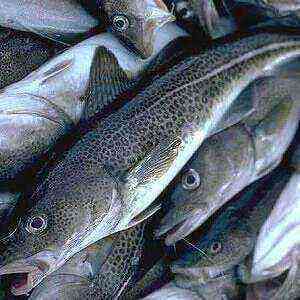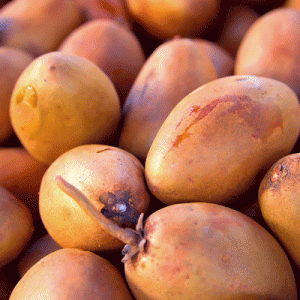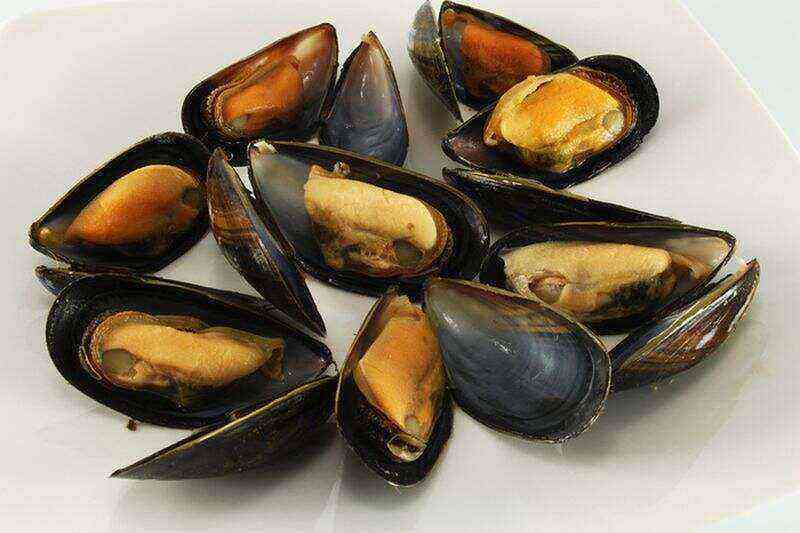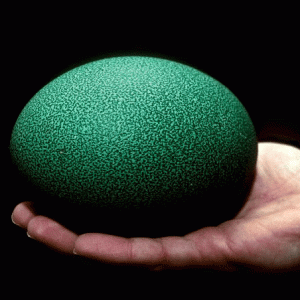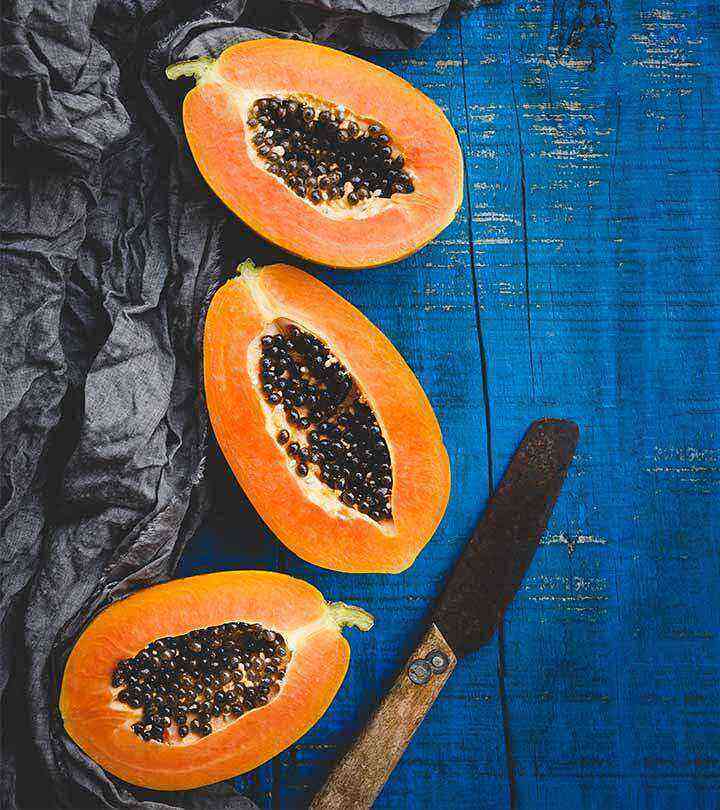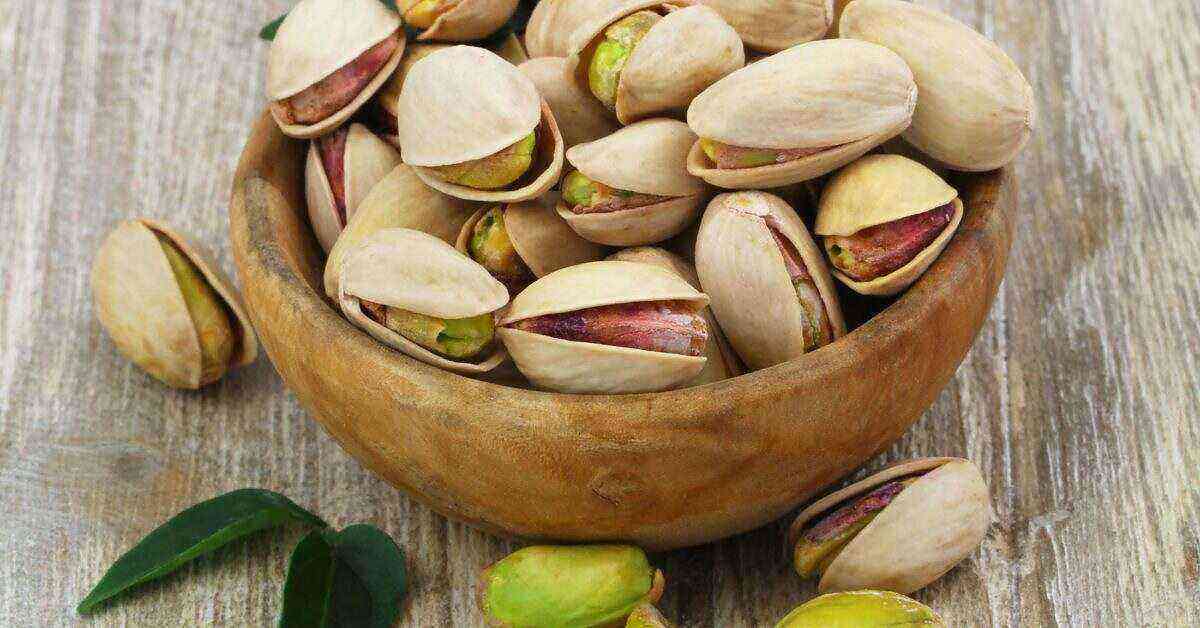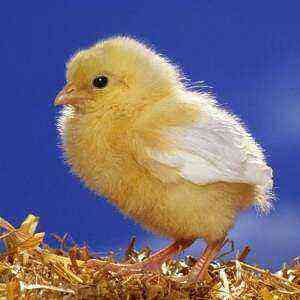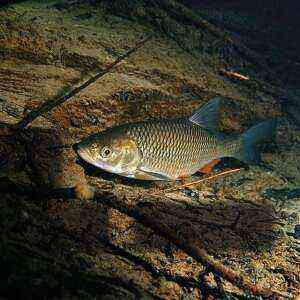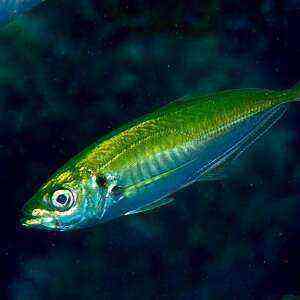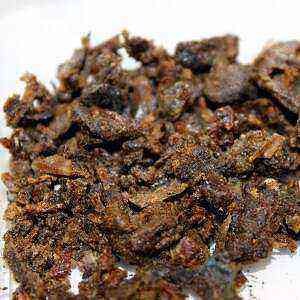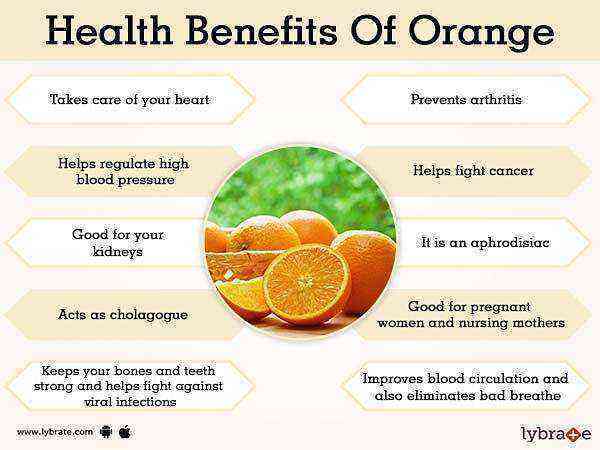 It has already happened that there are many myths about the role of pork for human health. What of the common “theories” is true, and what is a delusion, we will now find out.
It has already happened that there are many myths about the role of pork for human health. What of the common “theories” is true, and what is a delusion, we will now find out.
General characteristics
Pork is the most consumed red meat in the world. Especially popular in East Asian countries, but “outlawed” for Jews and Muslims.
It is a product rich in proteins, minerals and many vitamins.
By the way, pork can provide a person with an almost complete range of B vitamins, which is not characteristic of other types of meat. Lenten pieces (peeled) are an excellent choice for most dishes.
A tenderloin and scapula – even more dietary meat than chicken.
The nutritional value
If we talk about the nutritional value of pork, it is important to remember: the caloric content of different parts of the carcass is not the same. Meat is divided into 2 type:
- less fat: shoulder, brisket, ham, brisket, lumbar;
- greasy: neck, shin, knuckle.
Calorie content of different parts of pork (on 100 of raw meat)
Loin 180 kcal Shoulder 250 kcal Leg 257 kcal Lumbar 270 kcal Leg 300 Shank 330 Neck 340 Brisket 550
Protein
Like any other meat, pork contains a large amount of protein. Lean pieces are more than a quarter made up of proteins. In the dry mass of lean pork, the nutrient content can reach 89 percent, making it one of the richest food sources of protein.
For this reason, pork is an important source of amino acids necessary for the development of the body and maintenance of its vital functions.
By promoting muscle growth and faster recovery from injuries, pork is indispensable for bodybuilders.
Fats
In addition to proteins, pork contains a large amount of fat. In a piece of medium fat content – about 10-16 percent, but it can be much more. It is because of such an impressive lipid content that some people completely refuse pork as a too high-calorie product. Interestingly, in its chemical composition, lard is slightly different from ruminant fat. The pork product is a bit richer in unsaturated fats and contains little conjugated linoleic acid. Another feature of pork fat – saturated and unsaturated lipids in its composition are presented in approximately equal proportions.
Vitamin and mineral complex
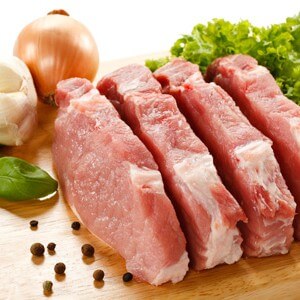 Pork is a rich source of a complex of minerals and vitamins. In the greatest concentration are presented:
Pork is a rich source of a complex of minerals and vitamins. In the greatest concentration are presented:
- Thiamine. Unlike other types of red meat (for example, beef or lamb), pork is especially rich in thiamine (in a serving there are more than 50% of the daily allowance). This vitamin represents substances of group B, which play an important role for the body (responsible for the growth and restoration of muscle tissue, nerve cells, useful for carbohydrate metabolism).
- Selenium. This mineral, indispensable for the immune system, can be obtained from various products of animal origin (meat, eggs, dairy products, seafood), but pork is one of the best sources.
- Zinc. About 20% of the recommended daily intake of zinc is contained in 100 g of pork. This element is important for the immune system, brain, bone tissue.
- Vitamin B12 (8% of the daily dose). Only animal products can serve as the source of this important vitamin, which is responsible for blood formation and brain function. Its deficiency leads to anemia and damage to neurons. It is always possible to provide an organism with this important element from pork.
- Vitamin B6. This vitamin, obtained from meat, is necessary for the formation of red blood cells, promotes metabolism, supports the proper functioning of the nervous system. A 100-gram slice of pork contains 37% of the daily adult vitamin.
- Niacin. Another name for the substance is vitamin B3. Responsible for proper cell growth and metabolism. Contained in pork meat (almost 40% of the daily dose).
- Phosphorus. This mineral, the source of which is also the meat of pigs, is important for the adequate development and functioning of the body: it strengthens bone tissue and plays the role of “energy” for cells. A serving of pork will provide 1/5 of the required daily rate of phosphorus.
- Iron (5% DV). Pork contains less iron than lamb or beef. However, the human body absorbs iron from pork more efficiently. And, as you know, it is necessary to prevent anemia.
- Riboflavin (Vitamin B2). The presence of this vitamin in red meat makes pork a product important to skin health. 100 g contains almost a fifth of the daily intake of vitamin for adults.
- Magnesium. Essential for normal fermentation, important for muscle tissue. A serving of pork contains about 6% of the recommended daily intake of magnesium.
- Potassium (11 percent DV) Plays a key role in maintaining water balance, helps stabilize blood pressure.
In addition, red meat contains other important components:
- Creatine (necessary as a source of energy for muscles, popular among bodybuilders, since laboratory studies have proven the effect of creatine on the growth rate of muscle tissue);
- taurine (the human body is able to independently produce this amino acid, but, obtained from food sources, it has a positive effect on the work of the heart and muscles);
- glutathione (antioxidant, in large quantities represented by red meat);
- cholesterol (pork is rich in sterols of animal origin, but as recent scientific studies show, cholesterol from food practically does not affect the rate of a substance in the human body).
Pork: benefits and harm to the body
 The debate about how pork affects the human body was not born today. For many years, groups of scientists argue whether it is possible to consume pork and what is more from such a diet – good or harm. Whatever it was, but pork is an important source of many useful components for humans. Therefore, it would be strange if a product with such a diverse composition did not bring any benefit to humans.
The debate about how pork affects the human body was not born today. For many years, groups of scientists argue whether it is possible to consume pork and what is more from such a diet – good or harm. Whatever it was, but pork is an important source of many useful components for humans. Therefore, it would be strange if a product with such a diverse composition did not bring any benefit to humans.
Muscles
Along with many other animal products, pork is one of the best sources of protein. Maintaining muscle tone is an important factor affecting the health of the whole organism. Without exercise and proper nutrition, muscle mass is not experiencing the most favorable changes with age. In severe cases, loss of muscle mass can lead to sarcopenia (complete muscle atrophy, a common disease among the elderly).
High-quality pork protein contains all the essential amino acids and is an important component for maintaining muscle mass. Especially useful in combination with strength training.
Inadequate protein intake can accelerate age-related muscle degeneration and increase the risk of sarcopenia. Consumption of pork or other animal products rich in protein allows us to provide the body with protein necessary for muscles.
Working capacity
Meat consumption is not only beneficial for muscle growth. This nutritional product improves muscle functionality and increases physical endurance. In addition, protein-rich meat contains amino acids necessary for the health of the human body. Last but not least, this effect is achieved due to the high content of beta-alanine, which in turn is necessary for the production of carnosine (reduces muscle fatigue during high physical exertion).
Thus, it makes sense to say that pork is useful to those who wish to maximize physical performance.
Heart
But about the impact of red meat on the heart muscle, the opinions of researchers diverged. There is no clear evidence that pork itself can cause heart disease. Meanwhile, scientists suggest that high meat consumption against the background of an unhealthy lifestyle (smoking, reduced physical activity, overeating) and low consumption of fruits and vegetables in the future can cause cardiac problems. On the other hand, some consider pork to be harmful products because of its high cholesterol and saturated fat content. But opponents of this theory argue that the so-called food cholesterol (from foods) has little effect on the level of sterol in the body. As for saturated lipids, there is a counter-argument to this argument: adequate consumption of pork will not cause health problems.
Oncological diseases
Uncontrolled cell growth in the body – this is the manifestation of cancer. Some researchers have found a link between the consumption of red meat and an increased risk of developing colon cancer. Others categorically refute this assumption. It is still difficult to unambiguously answer the question whether pork causes cancer. But most researchers agree that processed red meat (especially roasted) may contain carcinogenic substances such as heterocyclic amines. They are in the majority of thermally processed products of animal origin. Heterocyclic amines are produced as a result of the effect of high temperatures on animal protein. But these substances are believed to be able to increase the risk of certain types of cancer (colon, lactic or prostate). But many scientists are still in no hurry to make final conclusions and continue research on the feasibility of eating pork.
Side Effects of Pork Consumption
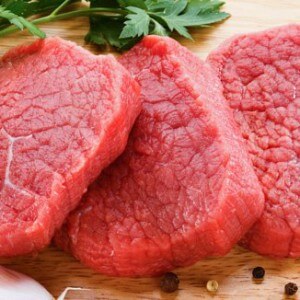 Raw or undercooked pork is the product that is important to avoid. The reason – the parasites living in the raw meat.
Raw or undercooked pork is the product that is important to avoid. The reason – the parasites living in the raw meat.
Pork Chain
Pork tapeworm is a parasite from the family of tapeworms. Getting into the human body from raw meat, “settled” in the intestine. Sometimes can reach 2-3 meters. This parasite causes cysticercosis (the disease is considered one of the causes of acquired epilepsy).
Roundworms
Trichinella – representatives of roundworms, parasites that cause trichinosis. Most often this disease is manifested by diarrhea, abdominal pain, nausea, heartburn. But even more serious consequences are possible (especially in people of age). In some cases, it can lead to weakness, muscle pain, fever, swelling of the face. In the most severe manifestations causes death. Most often, the parasites of this species enter the human body from poorly cooked (roasted) meat of wild pigs or freely grazing in the yard.
Toxoplasmosis
Toxoplasma is the scientific name for a parasite from the genus of protozoan unicellular “animals”. It is believed that this parasite “lives” in the bodies of a third of the world’s population. Cats are the main carriers of Toxoplasma, but pork can also cause health problems. Once in the body, the parasite causes toxoplasmosis.
The greatest danger of Toxoplasma is for people with weakened immune systems, pregnant women and their unborn children.
Pork Myths
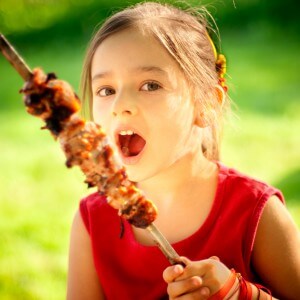 Does not contain nutrients.
Does not contain nutrients.
In fact, this type of meat has a large number of B vitamins, iron, zinc, phosphorus, magnesium, selenium, sodium, potassium, copper, almost all the necessary amino acids. It is believed that properly cooked pork is useful for women during lactation, as it enhances the production of breast milk. In addition, some substances contained in pork have the properties of natural antidepressants. Also, this type of meat is recommended for men to increase potency.
- Causes indigestion.
In reality, pork is perfectly absorbed by a healthy stomach. Moreover, researchers have shown that lean meat from pigs is the best choice for the diet.
- Very fat meat.
At first glance, this may seem insane, but pork is one of the leanest. Pure pork contains much less fat than beef or lamb and is not too high in chicken meat. Meanwhile, the pork contains components that contribute to a more active accumulation of lipids in the human body. For comparison: in the 100-gram piece of chicken breast there is 142 kilocalories, a similar portion of pork tenderloin is approximately 96 kcal. And what is most interesting – both products contain an equal amount of fat – 3 g. But those who want to lose extra kilos should not get carried away with pork chops. Although if once a week a diet filet or pork shoulder appears on the menu, it definitely will not affect the figure. By the way, an adult without damage to health can consume almost 200 of pork daily.
It is important for children to cook dishes from the dietary parts of meat (pre-cut all the fat).
- It is impossible for children.
Nutritionists advise starting the first feeding of babies after 8 months. And non-greasy sliced pork, mashed, are also suitable for this. It is important to start complementary foods with meat from half a teaspoon of the product, gradually increasing the pork servings. By the way, babies with lactose intolerance are extremely undesirable to give mashed veal meat, but nutritionists have nothing against pork. The main thing is to trim the sebaceous parts.
How to choose pork
The quality of the finished dish is directly dependent on the freshness of the pork used during cooking. Here are some tips on how a piece of fresh pig meat should look.
 Pink meat, odorless and iridescent modulations, fillets should not be wet pools. The darker the meat, the older the animal.
Pink meat, odorless and iridescent modulations, fillets should not be wet pools. The darker the meat, the older the animal.- In the right piece of pork fat should not be more than meat. Fat should not be yellow, but white. The most juicy dish will turn out from a so-called marble piece of pork.
- Cutting is best for baking and roasting.
- Breast should not be very fat, better with the skin. Suitable for baking.
- Ribs – ideally should be from the young pig.
- Cutlet on the bone – thickness 2 cm, with a smooth cut and with fat along the edges, “marble”.
- The ham for baking is best to choose with the skin (get more juicy).
- Pens should be fleshy, with evenly distributed fat, skin is smooth.
- The ideal slice of pork from the neck is “marble”, but without an excessive amount of bacon.
And further. Choosing pork, you must decide in advance what you plan to cook. And again – valuable tips:
- neck – on kebabs;
- chop – barbecue, frying;
- ribs – kebab, roasting, smoking;
- kostrets – roasting, stewing;
- ham – frying, roasting, stewing, pork;
- knuckle – aspic;
- subtreevok – frying, smoking;
- brisket soup;
- front ham – frying;
- the head is brawn;
- ear – brawn;
- tenderloin (the most dietary part) – frying, stewing.
How to reduce calorie pork
In diets, chicken is usually used as a meat component. But pork can also be good for losing weight. Of course, if the right approach to the choice.
It is important to take parts where calories are contained in a small amount. Replace fried dishes with stewed, baked or most useful boiled meat. To reduce the calorie cutlets can be mixed in equal proportions of pork and beef. And for breading in the summer season it is better not to take crackers, but grated zucchini (very tasty, and at least calories).
With what is combined
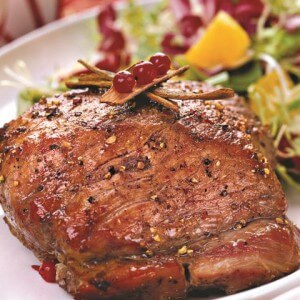 Pork – this is the product that can be cooked in any way and it will still be delicious. One of the most popular dishes of pork is kebabs with vegetables. But in this case it is important to remember: ready-made pieces of meat should be cleaned from the charred crust (it is harmful to the digestive system and may contain carcinogens).
Pork – this is the product that can be cooked in any way and it will still be delicious. One of the most popular dishes of pork is kebabs with vegetables. But in this case it is important to remember: ready-made pieces of meat should be cleaned from the charred crust (it is harmful to the digestive system and may contain carcinogens).
In addition to traditional vegetable side dishes, sweet and sour berries and fruits are excellent for pork dishes. The taste of meat is emphasized by apples, pineapples, cranberry sauces or plums. By the way, fruit and berry sauces bind excess fats from meat.
As for spices, it is better to supplement a pork dish with bay leaf, rosemary, capsicum, cloves, mint, thyme. Juniper berries, ginger will add a piquant taste to the finished dish.
Pork is one of the most popular types of meat. It serves as a rich source of high-quality protein, as well as various minerals and vitamins. Red meat is necessary for proper muscle development, increased efficiency and physical endurance. Meanwhile, raw or improperly cooked fillets can cause serious health problems. Although roasted meat is also dangerous, as this product may contain carcinogenic substances. Remember these rules, enjoying the pork, and it will bring only benefits.
